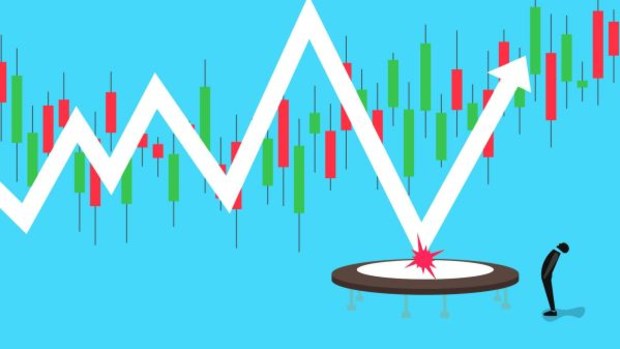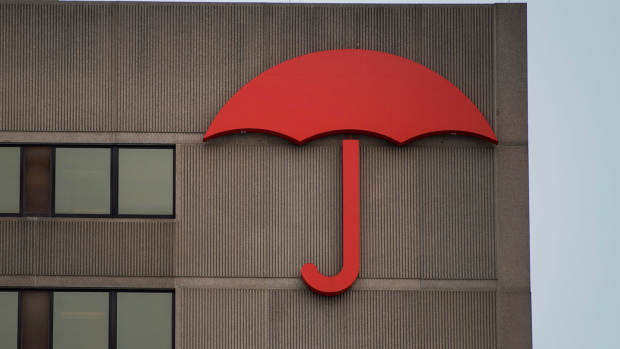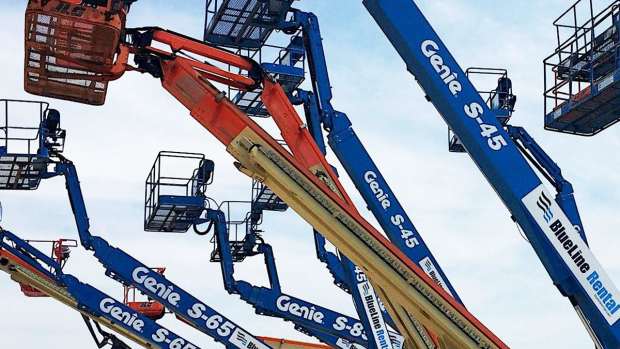History of Berkshire Hathaway: Timeline and Facts
You can’t talk about Berkshire Hathaway and its amazing history without talking about its founder, Wall Street legend Warren Buffet.
Buffet’s blend of homespun common sense and home run stock picks has made the Sage of Omaha a household word not just on Wall Street, but on Main Street, too.
Buffett has made a fortune (he's worth $85 billion as of February, 2020) as one of the world’s savviest value investors, especially as a meticulous evaluator of potential stocks. His calling card then and now is an uncanny ability to select companies whose share prices are undervalued.
Along with his partner, Charlie Munger, Buffett has turned Berkshire Hathaway into a powerhouse on the U.S. business landscape. Each year, Buffett and Munger, along with legions of company stockholders, celebrate Berkshire Hathaway’s success at its annual shareholders meeting in Omaha.
The topic on the menu? How the founders built a $485 billion company, and what the plans are to keep the gravy train rolling for another year, with Buffett at the helm.
Here’s a snapshot of Berkshire Hathaway - its history, its business philosophy, and Buffet’s role in creating a stock-picking blockbuster of a company, ensconced securely in the heart of the great American plains.
Berkshire Hathaway: The Early Years
Warren Buffett was born in Omaha, Nebraska, August 30, 1930. He came from a business family – his grandparents owned a grocery business and his father was an investment specialist and later was elected to Congress in 1942.
Warren Buffett purchased his first stock, Cities Service Preferred, for $38 a share when he was 11 years old. Buffett took to stock-picking like a seasoned professional, and had amassed approximately $53,000 in portfolio assets (in today’s dollars) by the time he was 16 years old.
His early lessons on stock picking have held firm over the decades. As a young investor, Buffett learned that picking stocks was tough, so when he found a good one, he hung on to it as long as he could.
Buffett continued investing into his 20s and at 32 years old, uncovered a New England textile company called Berkshire Hathaway.
Founded in 1839 as the Valley Falls Company (so named because it resided in Valley Falls, R.I.), the company owned multiple textile companies in the region, and eventually merged into the Hathaway Manufacturing Company in 1888.
After decades of industry growth, Hathaway Manufacturing and Berkshire Fine Spinning Associates merged in 1955. That company, headquartered in Bedford, Mass., employed 12,000 workers and generated more than $120 million in annual revenues, making the newly formed Berkshire Hathaway as one of the most successful textile firms in the U.S.
Yet by the end of the 1950s, the U.S. textile industry fell into disrepair, and Berkshire-Hathaway fell with it, losing seven of 15 plants in the New England region, setting up an uncertain future for the company.
Even with the company’s troubles, Buffett remained a believer. In 1962, intrigued by the company’s long-term business success and strong balance sheet, Buffett began buying up Berkshire Hathaway stocks, at a price of $7.60 a share.
By 1965, he owned a total of $14 million in Berkshire Hathaway stock, and wound up taking control of the company in May of that year. At that point, the company was a shell of its former self, with only two manufacturing plants and just over 2,000 employees – down from 12,000 in its glory days.
Change was in the air. Berkshire Hathaway had made its mark as a textile company (its founders had all owned textile firms in the New England region), but by 1967 Buffett was taking the company on a different path, into the insurance and investment sector.
It was one of the most successful bets in U.S. business history.
On to Insurance – and Other Industries
Warren Buffet’s first insurance company purchase for Berkshire Hathaway was the National Indemnity Co., in 1970. A few years later, Berkshire took a swing again, buying up an equity stake in Government Employees Insurance Company, better known to millions of advertising consumers as GEICO.
Berkshire perfected the art of using so-called float money from insurance claims (money owed but not paid until claims were settled) to begin investing in other industries. Aside from textiles and insurance, the 1970s and 1980s saw Berkshire purchase stakes in companies in industries as diverse as candy/confectionaries and gas and utility companies.
Along with Munger, who came aboard with Berkshire Hathaway in the 1970s, Buffett continued to focus on companies with stable, almost predictable long-term growth, while shying away from what everyone else (i.e., the herd) was doing on Wall Street – buying stocks based on assets and cash flow, and in somewhat speculative industries.
Buffett practiced what he preached, only taking an annual salary of $100,000 annually, with no stock options, along with a promise to donate his stock market wealth to charity. His shareholders lapped it all up, taking in, on average, 21% yearly as Berkshire shareholders from 1965 to 2006, and enjoying the ride with one of the most charismatic stock pickers of this or any other generation.
By late 2007, Berkshire “A-class” shares were going for $150,000 apiece, and continued its tradition of not splitting its shares, a philosophy stemming from Buffet and Munger’s desire for consistent long-term gains over short-term speculative investment practices. By 2017, share prices stood at $250,000 per share – an amazing figure especially given the fact that Berkshire’s headquarters were staffed with only 25 employees.
Particularly enticing to shareholders, and to the business media, were Berkshire Hathaway’s annual shareholder’s meetings, which routinely gather 20,000 or more company shareholders, all edging closer to Buffett and Munger hoping – and usually getting – pearls of wisdom on investment, ice cream, and the simple life, in general.
Big on Brand Names
Berkshire has continued making new investments in companies familiar and unfamiliar. Aside from GEICO, Berkshire bought up brand names like Benjamin Moore Paints, Dairy Queen, Fruit of the Loom, Business Wire, and Helzberg Diamonds, among many others.
The company also owns sizable pieces of landmark companies (as a percentage of total company stock) such as American Express (AXP) , The Coca-Cola Company (KO) , Bank of America (BAC) , and Apple (AAPL) , among many others.
Today, if you’re looking to buy a piece of Berkshire Hathaway, it’ll cost you $340,000 a share (for Class A stock). Its Class B shares sell for $205 apiece, as of March 1, 2020.
Total annual revenues clocked in at $247 billion in 2018, and its market cap is valued at over $500 billion. Additionally, Berkshire Hathaway is the leading property and casualty company in the world. It’s also considered the 12th-largest company in the world, in terms of revenues.
How does one explain all that success? As Buffett puts it, "It's far better to buy a wonderful company at a fair price than a fair company at a wonderful price."
It’s a motto Buffett and Berkshire Hathaway have put to good use, time and time again in the last 60 years.
That alone makes Berkshire Hathaway one of the best stories in business history – one that future investors will be reading and absorbing for generations to come.




